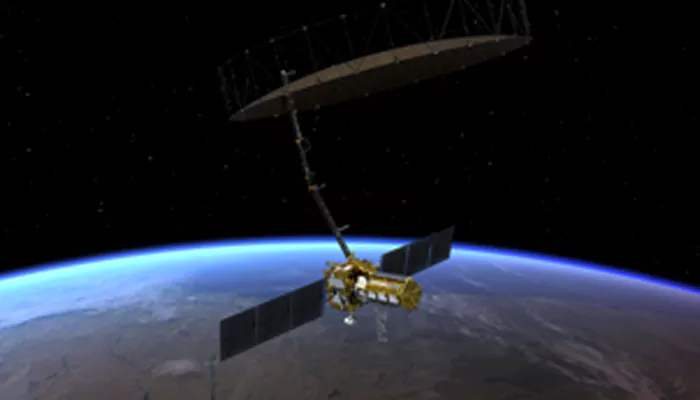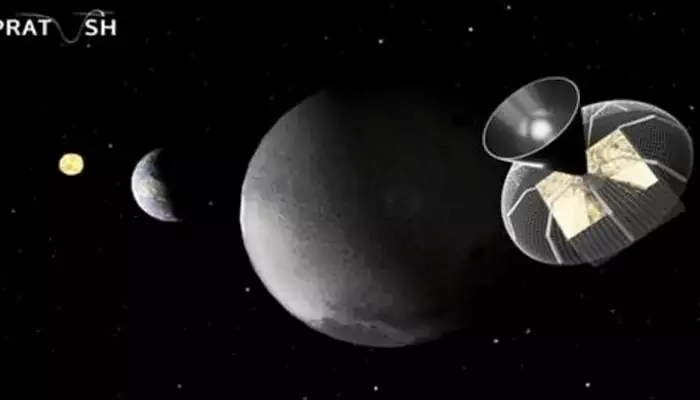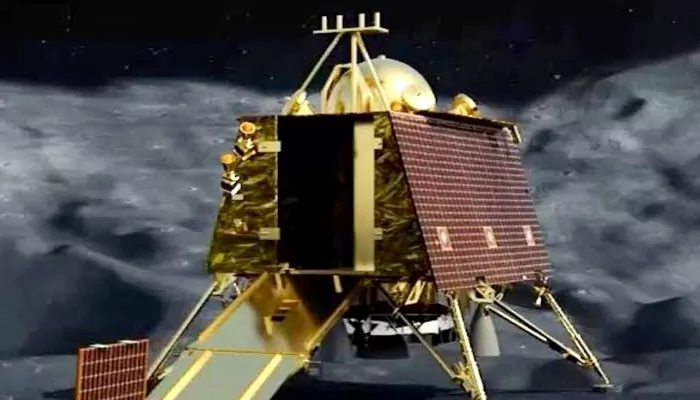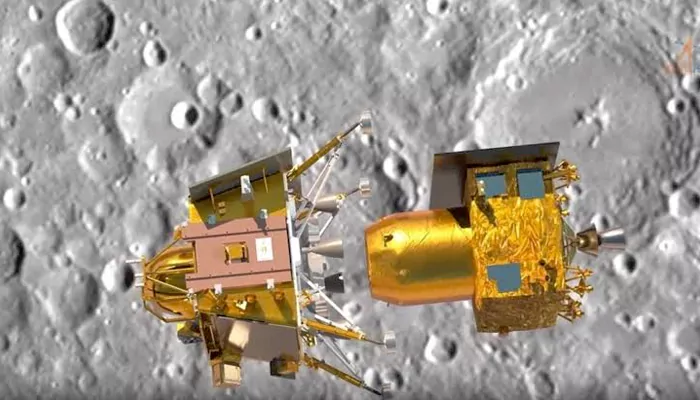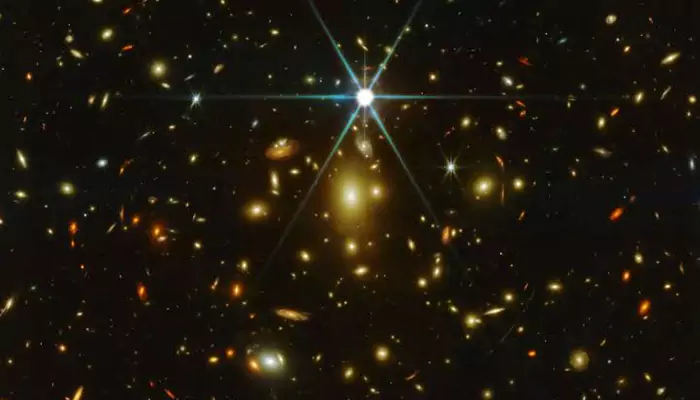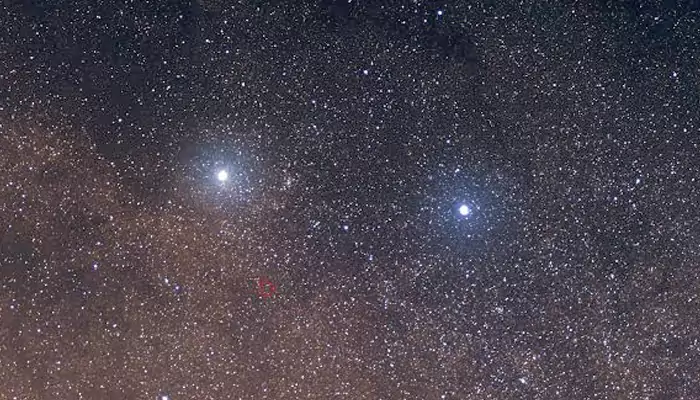The Hunt For Alien Life In The Cosmos: What Have Humans Done So Far To Find Them?
- Ishani Karmakar
- 1 year ago
- 4 minutes read

The question of whether we are alone in the universe has fascinated humanity for centuries.
From ancient civilizations that gazed at the stars with wonder to modern scientists equipped with cutting-edge technology, the search for alien life has been a journey of curiosity, hope, and relentless pursuit. But what exactly have humans done so far to find extraterrestrial life? Let’s embark on a journey through time and space to explore the efforts and advancements made in the hunt for alien life in the cosmos.
A Cosmic Curiosity: Early Speculations and Observations
The quest for alien life began long before the invention of the telescope. Ancient cultures often depicted otherworldly beings in their mythology and art, reflecting a deep-seated belief in the existence of life beyond Earth. However, it wasn’t until the 17th century that the idea of extraterrestrial life gained scientific traction. With the invention of the telescope, astronomers like Galileo Galilei began to explore the night sky in greater detail, sparking new questions about the possibility of life on other planets.
As our understanding of the cosmos grew, so did our methods of searching for alien life. In the late 19th and early 20th centuries, astronomers such as Percival Lowell famously claimed to have observed canals on Mars, which he believed were built by intelligent beings. Though these observations were later debunked, they fuelled public interest and laid the groundwork for more systematic scientific investigations.
The Search Begins: SETI and the Quest for Signals
The modern search for extraterrestrial intelligence (SETI) officially began in the 1960s. This era marked the beginning of humanity’s attempts to listen for signals from other civilizations. In 1960, astronomer Frank Drake conducted the first SETI experiment, known as Project Ozma. Using a radio telescope in Green Bank, West Virginia, Drake pointed his instrument at two nearby stars, hoping to detect radio signals that might indicate the presence of intelligent life. Although the experiment did not yield any results, it set the stage for future efforts.
The Drake Equation, formulated by Frank Drake in 1961, further quantified the potential for intelligent life in the universe. The equation estimates the number of communicative extraterrestrial civilizations in the Milky Way galaxy, considering factors such as the rate of star formation and the likelihood of planets developing life. While the equation remains speculative, it has become a cornerstone of SETI research.
Over the decades, SETI has expanded its efforts, scanning the skies with increasingly sophisticated technology. Projects like the Allen Telescope Array in California and the Breakthrough Listen initiative, launched in 2015, have enhanced our ability to detect even faint signals from distant stars. Despite the challenges, the search continues, driven by the belief that we may one day make contact with another civilization.
Expanding the Search: Exoplanets and the Habitable Zone
As technology has advanced, so too has our ability to search for life beyond our solar system. The discovery of exoplanets—planets orbiting stars outside our solar system—has opened up new possibilities in the hunt for alien life. Since the first confirmed exoplanet was discovered in 1992, thousands more have been identified, many of which reside in the so-called “habitable zone” of their stars, where conditions might be right for liquid water and, potentially, life.
The Kepler Space Telescope, launched in 2009, played a pivotal role in discovering many of these exoplanets. By monitoring the brightness of stars, Kepler was able to detect the tiny dimming that occurs when a planet passes in front of its star. This method, known as the transit method, has been instrumental in identifying potentially habitable worlds.
More recently, the James Webb Space Telescope, launched in 2021, has begun to examine the atmospheres of these exoplanets, searching for signs of biosignatures—gases like oxygen or methane that might indicate the presence of life.
The hunt for alien life is a testament to humanity’s endless curiosity and desire to explore the unknown. While we have yet to find definitive proof of extraterrestrial life, the advancements made so far have expanded our understanding of the universe and our place within it. The search continues, fuelled by the hope that one day we will answer the profound question: Are we alone in the cosmos?


